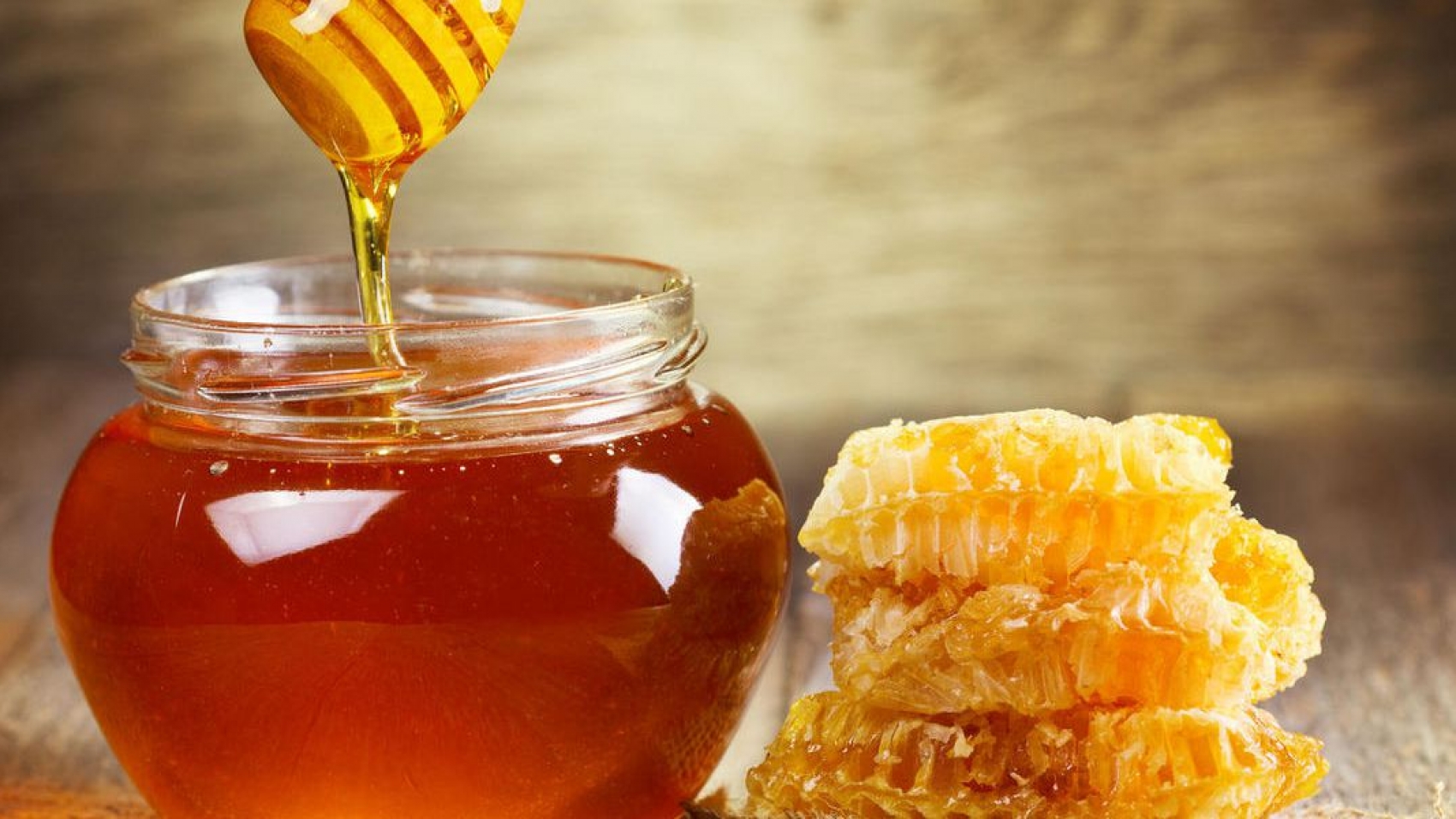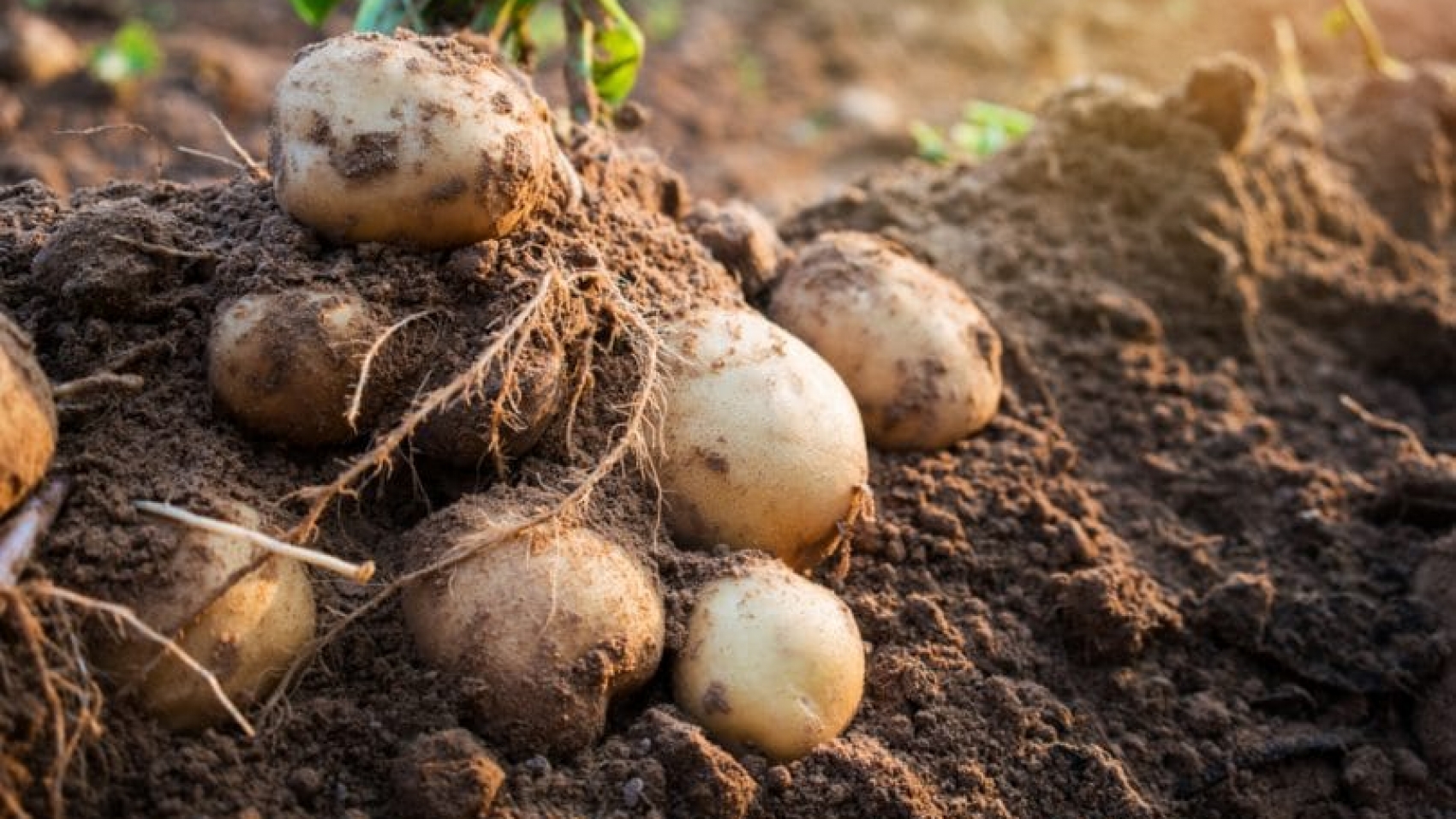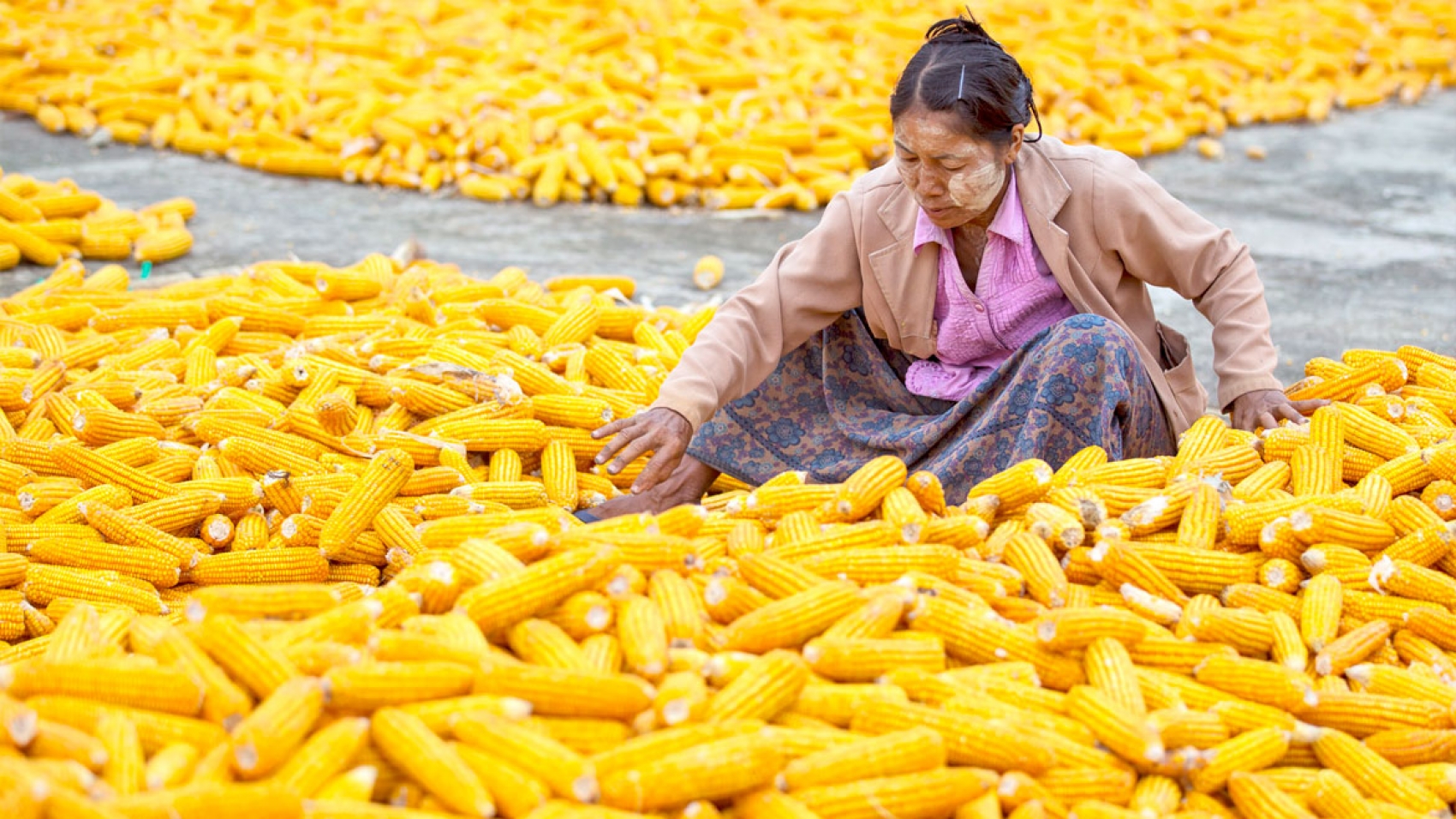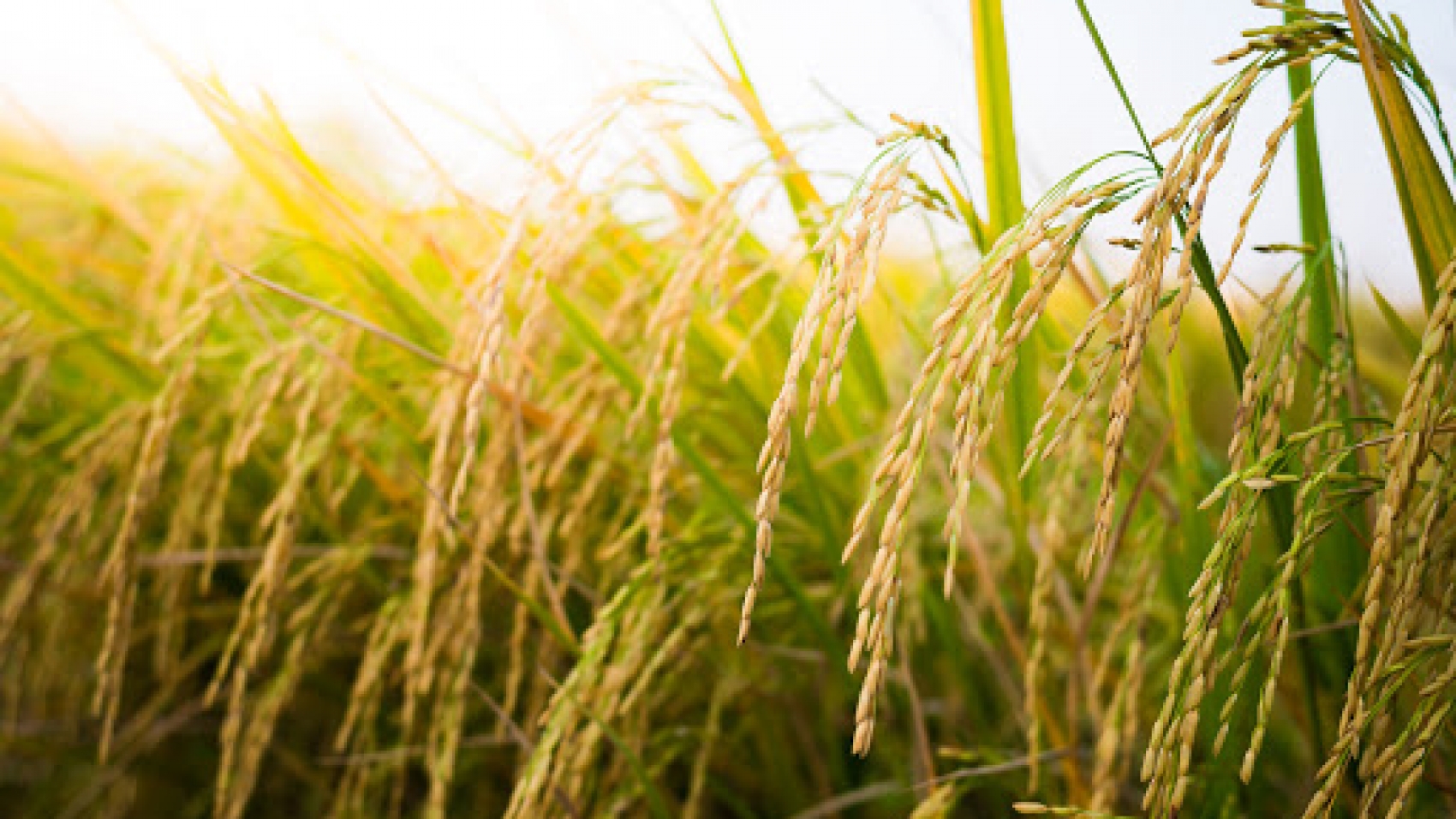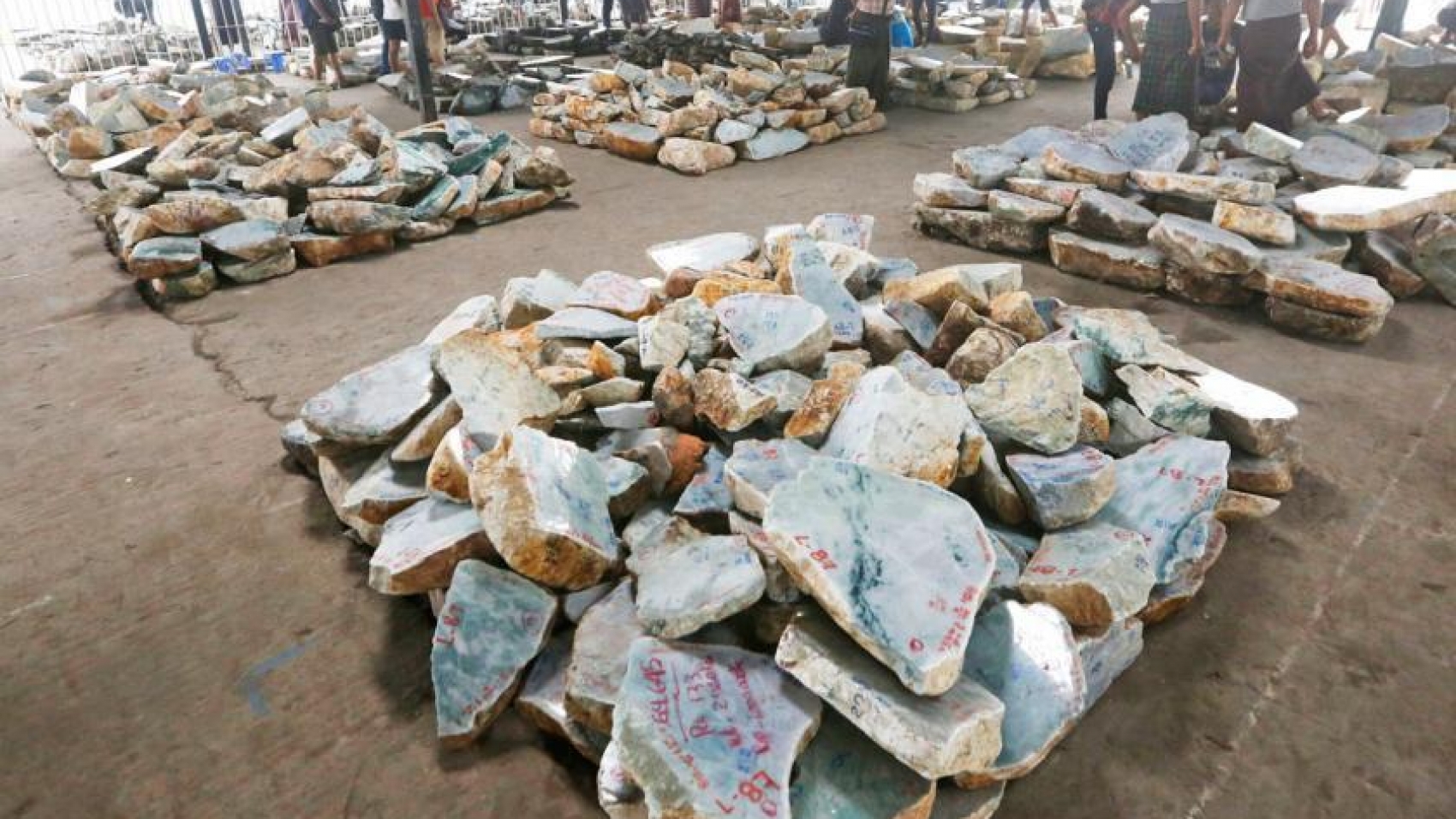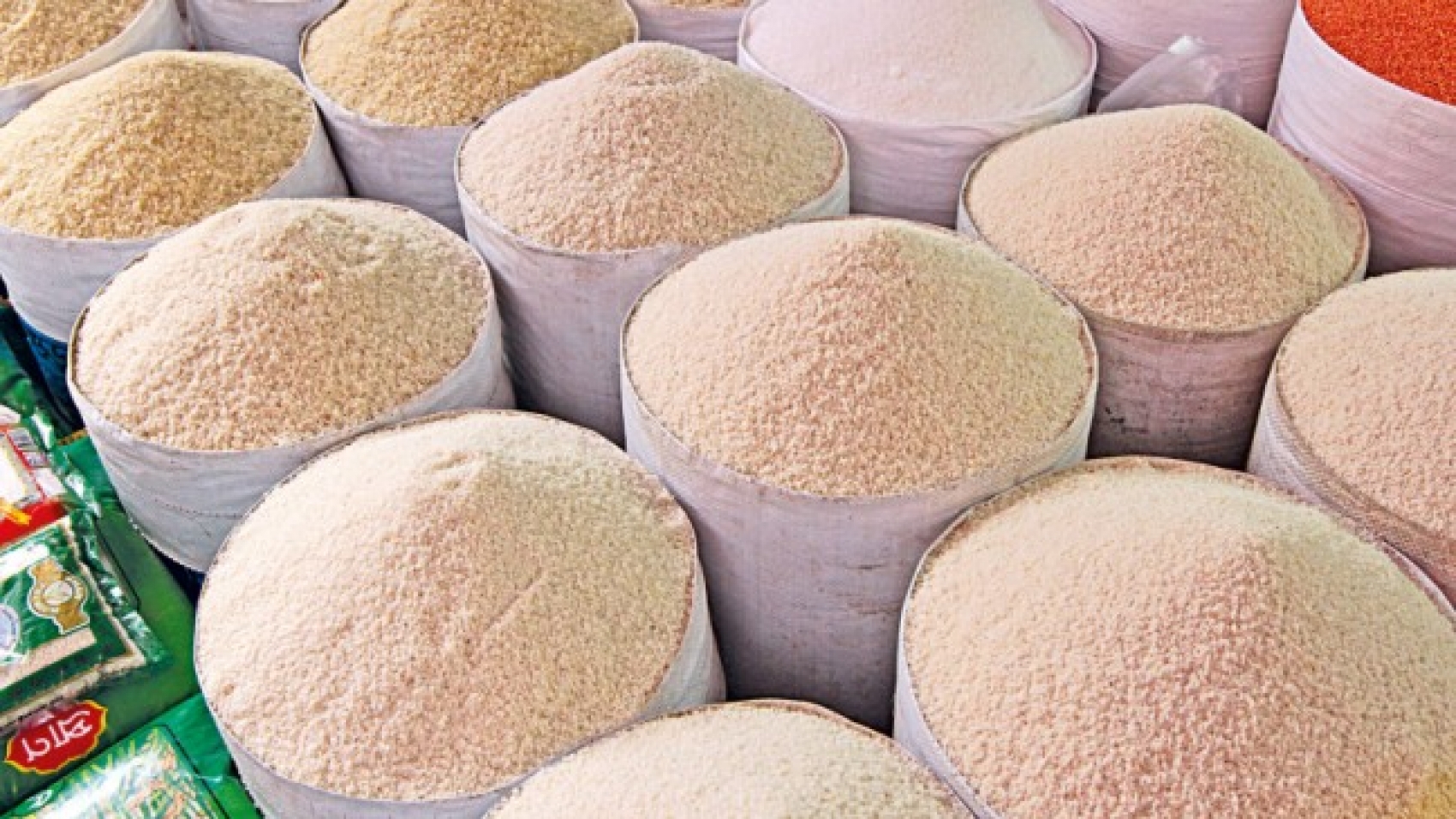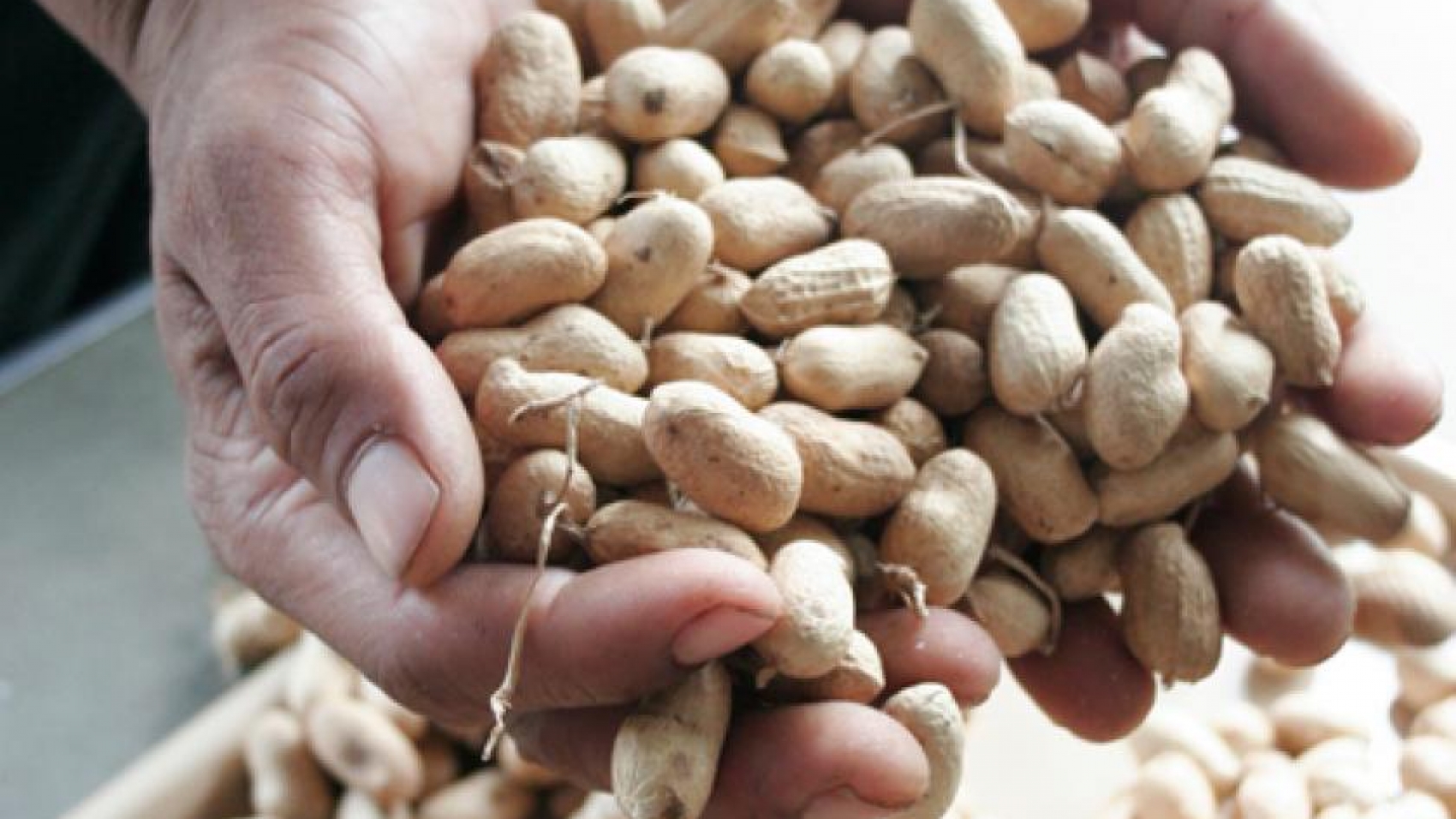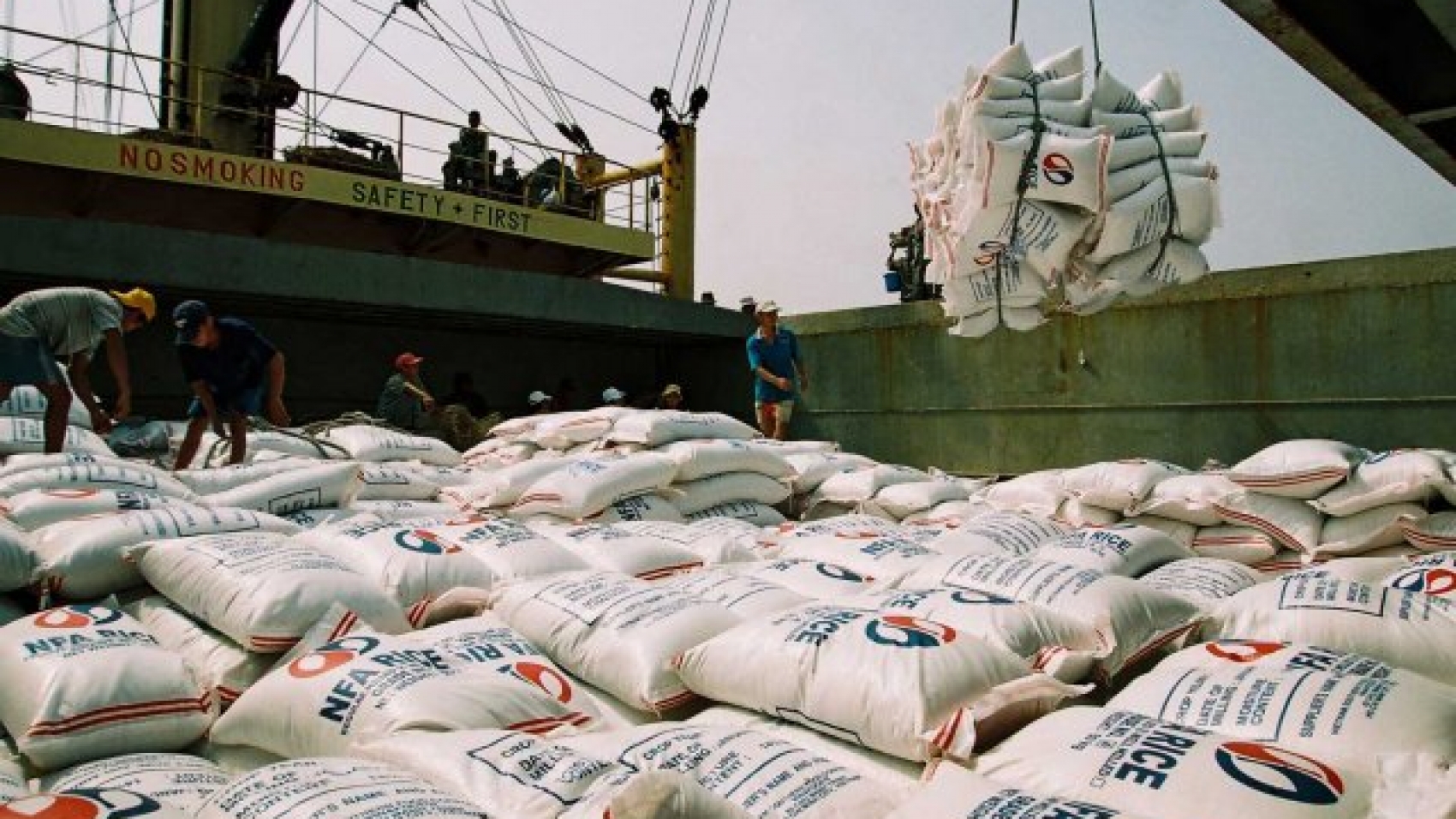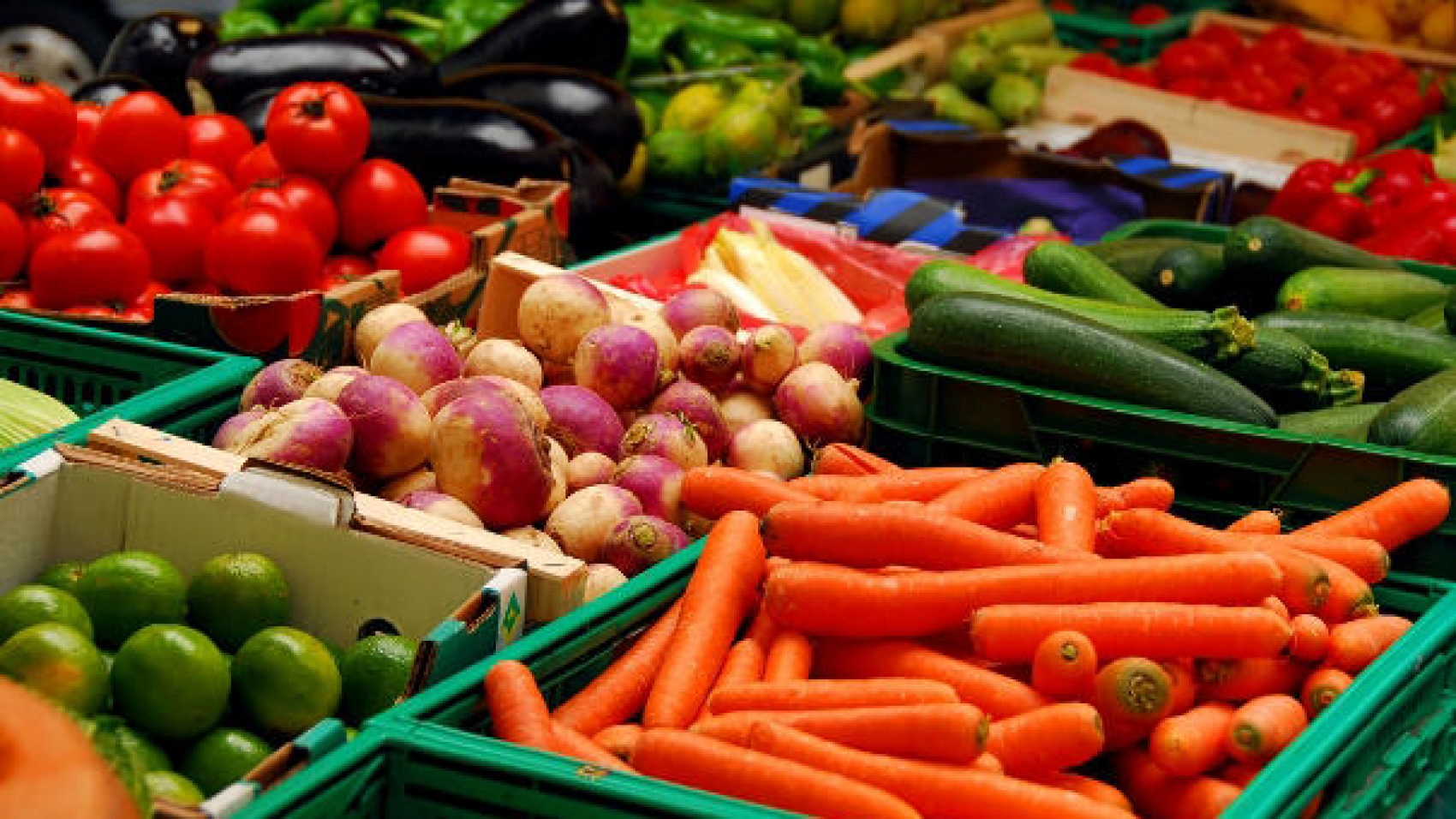Myanmar is preparing for 800 tonnes of honey export to the European Union market in the current financial year 2021-2022, according to the Ministry of Commerce. EU traders proposed Myanmar’s honey due to its organic production. Myanmar started to adopt Good Beekeeping Practices (GBP) in 2016. The EU gave the go-ahead to Myanmar’s honey to penetrate its market. Arise Plus Myanmar Trade-Related Assistance project implemented by the International Trade Centre and the Department of Consumer Affairs Department under the Ministry of Commerce are contributing to the sustainable growth of the honey market, suggestions to penetrate EU market and implementation of GBP, Hazard Analysis and Critical Control Point (HACCP) and Good Manufacturing Practices (GMP).
The project covers eight honey purifying factories and provides the know-how of food safety systems. Additionally, it also helps improve manufacturing quality control in production stages, ensure the honey is free from pests, pesticide and chemical residues, improve GMP in a value-adding chain, link with international buyers and upgrading the laboratory with the assistance of EU. Myanmar’s honey is exported annually to the United States, Canada, South Korea, Singapore, Malaysia, Thailand, China and Japan. The beekeeping business could help reduce the poverty rate in rural areas by creating more job opportunities, officials said. There are over 900 registered beekeepers in Myanmar.
The country produces over 7,000 tonnes a year and yearly ships 30,000 tonnes to foreign markets. A tonne of honey fetches US$1,700-1,900, said the beekeepers. Myanmar’s honey is required to be extracted by the European honey bee (Apis.mellifera) for exports to the EU. It is sent to both domestic laboratory and international laboratories to test pesticide and chemical residue if needed. Myanmar has nine processing factories in Nay Pyi Taw, Mandalay, Yangon and Sagaing regions and Shan State. Of them, a state-owned factory is offering purifying and packaging service for the small-scale honey traders, and the remaining eight factories are processing honey for the domestic market as well as exports. Myanmar produced 10,875.81 tonnes of honey during the past three financial years from 2013- 2014 to 2015-2016, of which 8,471.24 tonnes were exported.
Source: The Global New Light of Myanmar

